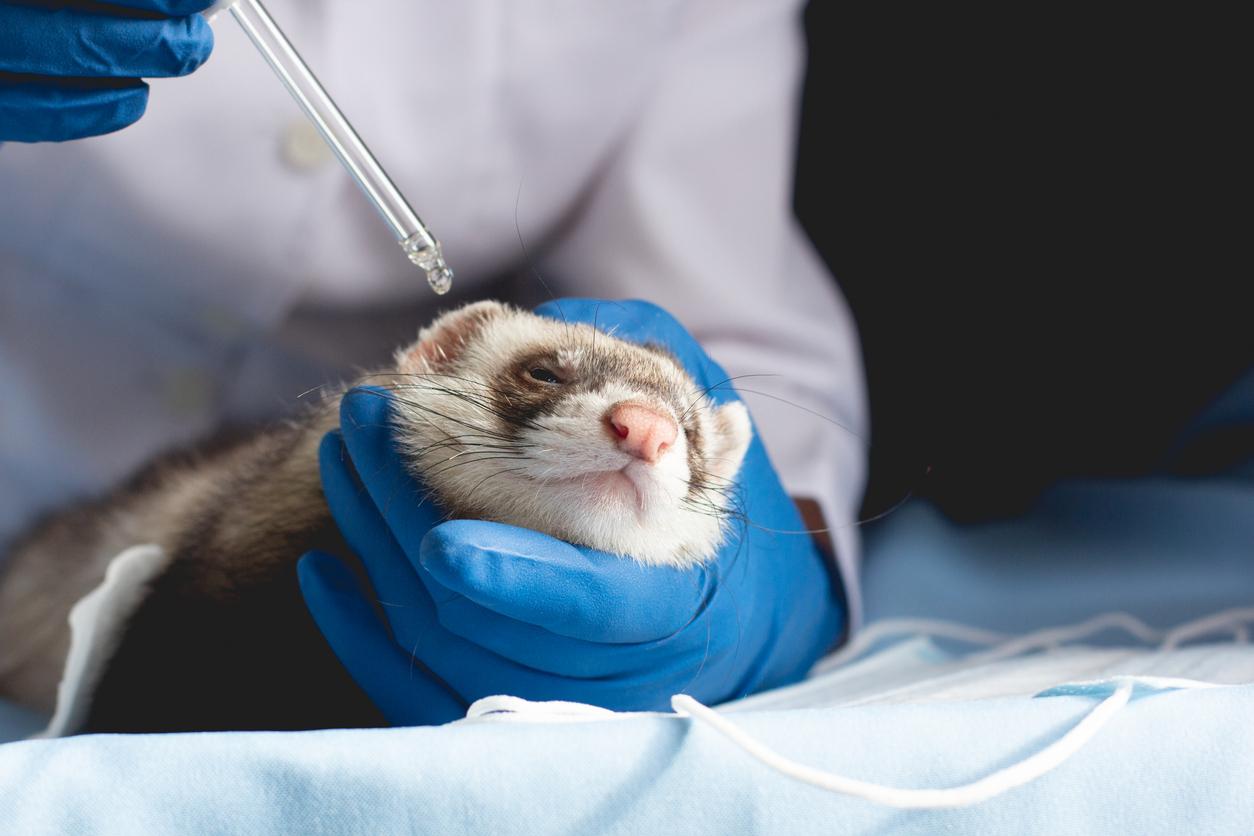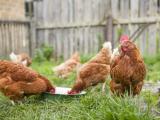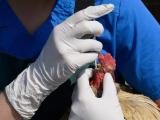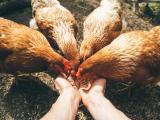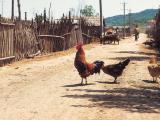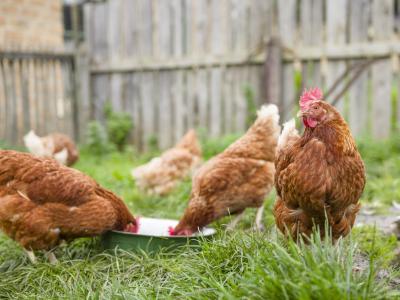Although the number of human infections with H5N1 avian flu rose last year, along with outbreaks in dairy cows and poultry, the illnesses were mostly mild, raising the possibility that immunity from seasonal flu virus infection might play a role. Now, new evidence from ferret experiments suggests that earlier exposure to the 2009 H1N1 seasonal flu virus may provide some immunity.
Over the past few decades, human infections with H5N1 have been known for serious illness and high case-fatality rates. However, of 70 cases reported in the United States since 2024, only one was fatal, raising questions about why the 2.3.4.4b clade, which has circulated globally since 2020 and includes the B3.13 subtype circulating in dairy cattle, has a lower disease severity profile.
In the early months of H5N1 circulation in dairy cattle and as reports of mostly mild human H5N1 infections, primarily in farm workers, mounted in the United States, federal health officials announced a plan to produce 4.8 million doses of H5N1 vaccine for pandemic preparedness. However, with the change in presidential administration this year, the vaccine plan is in limbo, given that the Department of Health and Human Services cancelled Moderna’s $590 million award for late-stage development of a candidate H5 avian flu vaccine and the development of other prepandemic vaccines.
To explore the potential benefit from seasonal flu antibodies, a research team from Pennsylvania State University and the University of Pennsylvania conducted a series of experiments in ferrets, which are considered the best animal model for flu in humans, given similar clinical symptoms and transmission dynamics. The team published its findings yesterday in Science Translational Medicine.
Experiments sort out immunity, test transmission
In experiments conducted in a biosafety level 3 facility, the researchers studied ferrets that had antibodies to seasonal flu viruses—including H1N1, H3N2, and influenza B—and a control group of ferrets with no immunity to flu viruses.
In one set of experiments, they exposed the animals through the internasal route to the H5N1 virus that was linked to outbreaks on mink farms in Spain in 2022. Ferrets without flu immunity and those with immunity only to influenza B lost weight and had severe illness. Those that had been exposed to H3N2 lost some body weight but survived. Meanwhile, ferrets exposed to H1N1 didn’t lose any weight and all survived.
In the next round of testing, the team infected the ferrets with the US dairy cattle virus to gauge immunity from earlier seasonal flu virus antibodies. This time, they didn’t inoculate the animals with H5N1 intranasally. Instead, they exposed them to ferrets that were already infected with H5N1, which allowed them to examine transmissibility as well as preexisting immunity.
Ferrets without any earlier flu exposure quickly became severely ill or died. Those with earlier immunity to H3N2 got sick and lost weight, with replicating H5N1 virus detected in their noses. Meanwhile, only half of the ferrets with H1N1 antibodies became ill and had very low levels of replicating H5N1 virus in their noses.
Some reassurance, though ongoing changes and threats remain
In a Penn State news release, lead author Troy Sutton, PhD, associate professor of veterinary and biomedical sciences at Penn State, said the findings demonstrate that preexisting immunity to 2009 H1N1 or H3N2 reduces disease severity, with H1N1 providing even greater protection than H3N2. “This study provides a potential explanation for the mostly mild disease we are seeing in humans, as humans already have immunity to H1N1,” he added.
However, he warned that as H5N1 continues to circulate in animals, it has opportunities to become more lethal.
Apart from 2.3.4.4b, different H5N1 clades are still infecting people in other parts of the world, including Cambodia, where a spike in human H5N1 illnesses, many severe or fatal, has been fueled by a reassortant (2.3.2.1e) between an older H5N1 clade that has circulated in the country since 2014 and the newer clade 2.3.4.4b virus that is circulating globally. Also, India and Bangladesh continue to report sporadic human infections from the older 2.3.2.1a clade known to circulate in birds and poultry in the region.
